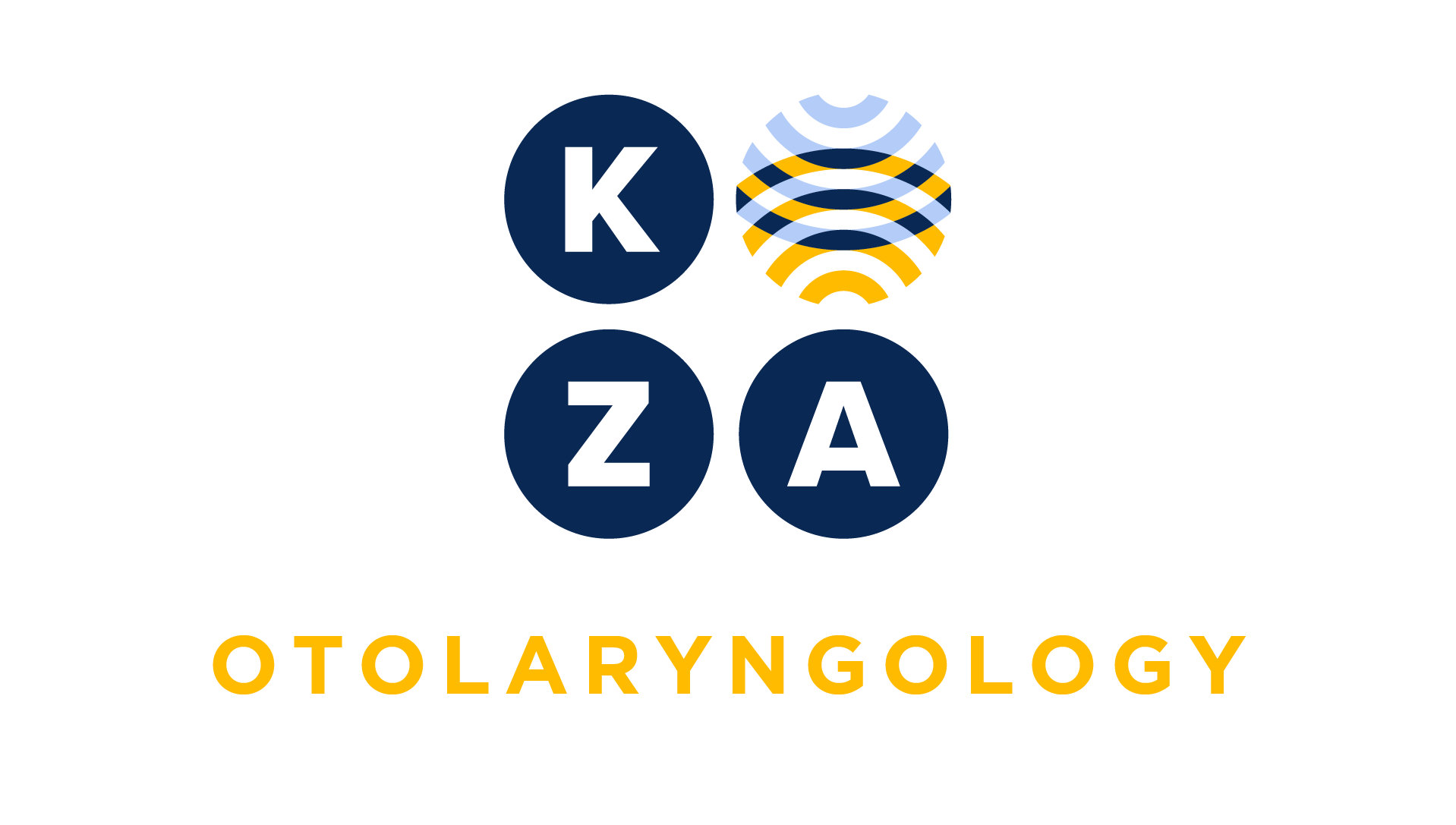
Choose your specialty from the list below to see how our experts have tackled a wide range of client questions.
Looking for something specific? Utilize our search feature by typing in a key word!
Decision for Surgery: Always a Level Five?
If the surgeon documents the decision for surgery and places the standard risk paragraph for that surgery, is this automatically a high level of risk?
Question:
If the surgeon documents the decision for surgery and places the standard risk paragraph for that surgery, is this automatically a high level of risk?
Answer:
Thank you for your inquiry as this is not an uncommon question; we discuss this at length in the KZA coding courses.
There are two risk levels associated with the decision for surgery:
Moderate: Decision for Surgery without documentation of procedure risks and patient specific risks for that surgery.
High Risk: Decision for Surgery with documentation of procedure risks and patient specific risks for that surgery.
Remember, this Risk Element is only of the three Medical Decision Making (MDM) Elements. To meet a level four or level five encounter, two of the three MDM Elements either need to be at or meet the associated E&M level.
The number and complexity of problems addressed.
The amount and/or complexity of data to be reviewed and analyzed.
The risk of complications and/or morbidity or mortality of patient management.
*This response is based on the best information available as of 7/03/25.
Same Group Coding
The Interventional Cardiologist can generally bill an E/M (Evaluation and Management) service during the 90-day global period of a procedure performed by the Electrophysiologist in the same group — but only if certain conditions are met and modifier 24 is applied correctly.
Question:
If an Electrophysiologist performs a 90-day procedure and an Interventional Cardiologist in the same group sees the patient mostly for the reason for procedure, can he bill an EM, if yes, would a modifier be necessary?
Answer:
The Interventional Cardiologist can generally bill an E/M (Evaluation and Management) service during the 90-day global period of a procedure performed by the Electrophysiologist in the same group — but only if certain conditions are met and modifier 24 is applied correctly.
Since both physicians are in the same group, they're typically considered the same provider for billing purposes. The key is demonstrating that the Interventional Cardiologist's service was separate, medically necessary, and not just a routine post-procedural visit that would normally be included in the global surgical package.
The documentation should clearly support why this additional E/M service was necessary and distinct from the typical care associated with the procedure.
*This response is based on the best information available as of 7/03/25.
Facet Wedge?
Our surgeon used a facet wedge device at C1-C2 and then performed facet arthrodesis with instrumentation. How would I code the facet wedge?
Question:
Our surgeon used a facet wedge device at C1-C2 and then performed facet arthrodesis with instrumentation. How would I code the facet wedge?
Answer:
Thank you for contacting KZA with an inquiry!
The codes for posterior intrafacet implants (facet wedge/dowel arthrodesis) are Category III codes: 0219T (Cervical, 0220T (Thoracic), & 0221T (Lumbar). These codes include imaging and placement of bone grafts, synthetic devices, and arthrodesis.
Based on the presented scenario, if a facet fusion is performed and documented, it would not be appropriate to report 22600 instead of or in addition to 0219T. CPT provides a list of codes not to report in conjunction with at the same level. This is appropriately reported with 0219T.
*This response is based on the best information available as of 7/03/25.
Evaluation and Management Service on the Same Date as an Office Procedure
A patient came into the office for a balloon sinus ostia catheterization and dilation of the maxillary, sphenoid and frontal sinuses bilaterally. My surgery scheduler has already obtained pre-certification for the procedure as it is covered in the office setting. I performed an examination and then did the procedure. I then performed a sphenoid, frontal, and maxillary dilation bilaterally. Can I bill an E/M service since I examined the patient?
Question:
A patient came into the office for a balloon sinus ostia catheterization and dilation of the maxillary, sphenoid and frontal sinuses bilaterally. My surgery scheduler has already obtained pre-certification for the procedure as it is covered in the office setting. I performed an examination and then did the procedure. I then performed a sphenoid, frontal, and maxillary dilation bilaterally. Can I bill an E/M service since I examined the patient?
Answer:
No, since the focus of the visit was the procedure and you have already obtained precertification for the procedures on the sphenoid and frontal sinus dilation (CPT 31298-50) and the maxillary dilation (31295-50), the E/M service is inherent to the procedure and should not be reported separately. In this situation there is not a significant separate identifiable justification for an E/M service.
*This response is based on the best information available as of 7/03/25.
Cancer Surveillance E/M
My physician saw an established patient for follow-up in the office for cancer surveillance. The patient is doing well and no treatment is indicated. In addition, the physician removes a benign lesion on the right anterior neck (1.1 cm) and the patient is being treated for a rash that is acute. The physician recommends cleansers and moisturizers and prescribes a topical steroid. What codes should be billed?
Question:
My physician saw an established patient for follow-up in the office for cancer surveillance. The patient is doing well and no treatment is indicated. In addition, the physician removes a benign lesion on the right anterior neck (1.1 cm) and the patient is being treated for a rash that is acute. The physician recommends cleansers and moisturizers and prescribes a topical steroid. What codes should be billed?
Answer:
An E/M is supported for cancer surveillance and treating the rash. The problems addressed are low complexity (1 acute uncomplicated and 1 stable chronic) with moderate risk (prescription drug management). The level supported is 99213-25. CPT code 11422 is reported for the benign lesion excision on the right anterior neck.
*This response is based on the best information available as of 7/03/25.
Muscle Flap Denial
We received a denial for a muscle flap. We appealed, and unfortunately, the denial was upheld due to the documentation. Can KZA provide some insight?
Question:
We received a denial for a muscle flap. We appealed, and unfortunately, the denial was upheld due to the documentation. Can KZA provide some insight?
Answer:
Thank you for your inquiry.
The operative note was not included in this inquiry. Documentation should support flap elevation, identification, and preservation of the blood supply (naming the pedicle/ identifying the vein and artery), transfer and inset of the flap, and donor site closure.
Documenting the details is essential – these codes are being scrutinized more closely!
*This response is based on the best information available as of 7/03/25.
Do you have a Coding Question you would like answered in a future Coding Coach?
If you have an urgent coding question, don't hesitate to get in touch with us here.






